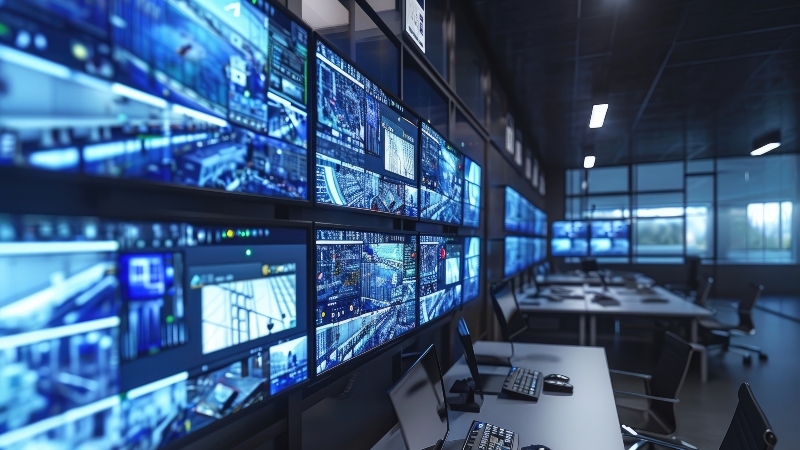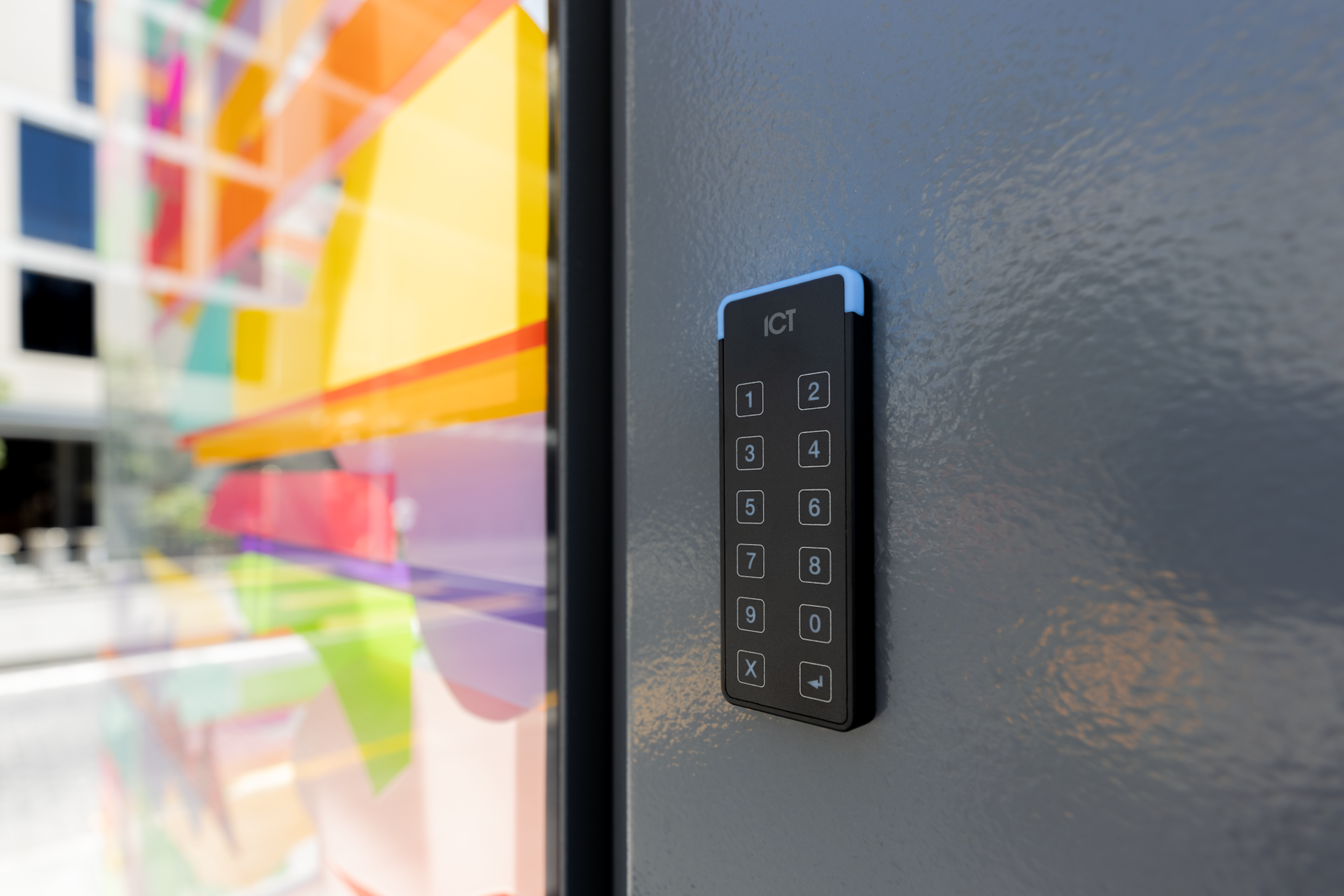What to Do When Your Security Vendor Goes Silent
Your fire alarm shows a trouble signal. Last week's sprinkler inspection never happened, and despite three calls and multiple messages, your vendor...
 |
Fire protection professionals committed to safeguarding lives, property, and peace of mind. |
 |
Solutions designed for your property type, from multi-family housing to healthcare facilities to retail spaces. |

|
Fire alarm, area of refuge, camera, and card access monitoring services. |
 |
Clear communication and instant response when every second counts. |
 |
From kitchens to server rooms, the right protection for every space. |
 |
Keep your primary defense system ready and reliable. |

|
Manage all your properties' access from one simple platform. |
 |
Monitor multiple properties in real time from anywhere, at any time. |

|
Document upcoming maintenance appointments and improve your proactive budget planning. |
 |
Fire Extinguisher Maintenance Checklist Learn the requirements for testing extinguishers monthly, annually, and beyond. |

|
Track all your inspection deadlines in one place. |
 |
Kitchen Hood Inspection Checklist Ensure your kitchen hoods are safe and compliant. Download a complete list of testing requirements. |

|
Guide to Fire & Security Monitoring Your complete property protection handbook in practical terms. |

|
Running a food truck takes work—this guide gives you the tools to keep it safe and up to code. |
 |
Comprehensive Guide to NFPA 13 and NFPA 25 Fire Sprinkler Systems Navigate sprinkler system requirements with confidence using our straightforward guide to codes and maintenance. |

|
Get your essential compliance guide. |
 |
When reliability matters across 18 restaurants, micromanagement doesn't. |
2 min read
Brothers Fire & Security : February 18, 2025

Building owners are responsible for meeting NFPA 72 monitoring requirements for fire systems. Security systems need to be monitored, too. But tracking multiple disparate systems is more work, typically requires more people, and often suffers from a lack of coordination.
Even in the best times, that can be challenging. But facilities maintenance staff turnover is a significant and ongoing problem, putting more pressure on owners.
Recent NFPA 72 (National Fire Alarm and Signaling Code) updates emphasize the integration of fire and security systems to enhance overall structure safety. This comprehensive approach to building protection minimizes oversight risks that could compromise occupant safety.
NFPA inspection requirements define how often fire systems need inspection, though details differ for components such as piping, sprinklers, kitchen hoods, or fire extinguishers. Regardless, you’ll still need to abide by fire marshal inspection requirements.
In some cases, NFPA 72 now requires integrated fire and security monitoring, establishing it as an industry best practice.
NFPA standards are created to ensure that facilities incorporate appropriately robust, site-specific fire protection systems. NPFA 72 also sets standards to ensure your system remains up-to-date and performs reliably. These standards stress reliable monitoring for earliest possible fire detection.
Commercial, industrial, and multi-family residential structures vary considerably. That’s why custom designs for fire protection and security systems can make them efficient and effective based on human and operational needs. Integration of these systems optimizes monitoring and maintenance while delivering several key advantages.
Keeping track of different inspection schedules can be daunting, and you don’t want to risk a lapse if an employee goes on vacation or leaves. Even using a simple inspection scheduling form can help you ensure nothing slips through the cracks.
But eventually, you may need some help managing it all.
Integrated fire and security monitoring may not (yet) be mandatory, but it is good business. The best way to effectively integrate your fire and security systems depends on your building, configuration, usage, and specific risk factors.
You can learn more about that or arrange for efficient, single-source monitoring by contacting our fire protection experts. We’re here to help with whatever you need, from system design and installation to ongoing maintenance.

Your fire alarm shows a trouble signal. Last week's sprinkler inspection never happened, and despite three calls and multiple messages, your vendor...

Winter weather and holiday demands can make managing multi-location security a nightmare. Fall is your best window to upgrade security systems,...

This is a story about a multi-location public facility organization—and the moment they learned their (now former) security vendor was dropping...